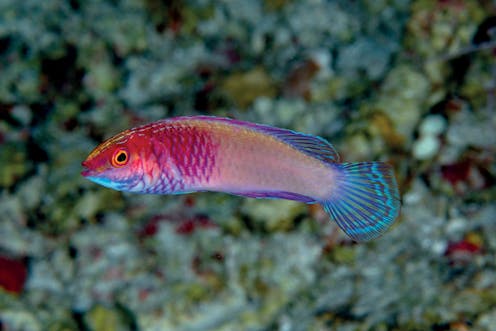

Authors: Suzanne OConnell, Harold T. Stearns Professor of Earth Science, Wesleyan University
Read more


